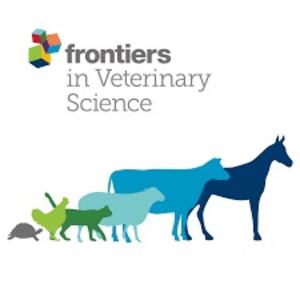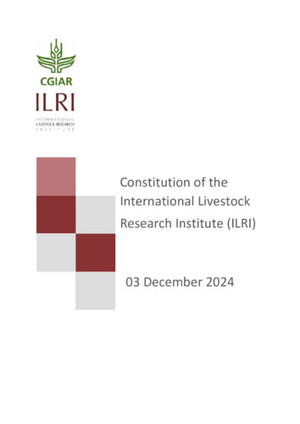
Genetic differentiation between the Old and New types of Serbian Tsigai sheep
Abstract
Two Tsigai sheep populations exist in Serbia: the Old type, called Cokan, and the New type. It is assumed that the New type results from upgrading Tsigai sheep with exotic genetic material. We investigated genetic diversity and differentiation of these types by analysing 23 autosomal microsatellites. Tests for Hardy-Weinberg proportions, linkage equilibrium between genotypes across loci and the calculation of inbreeding coefficients were performed and the deficiency in the number of alleles within the Tsigai types was examined using a Wilcoxon sign-rank test. The New type displayed a higher level of genetic variability than the Cokan in terms of allele numbers, but the New Tsigai showed a pattern of heterozygosity deficiency. The positive f value for the Cokan suggests the occurrence of inbreeding in this type. The proportion of linkage disequilibrium was below that expected by chance. Exclusion of two loci in Hardy-Weinberg disequilibrium did not alter our conclusions based on the entire data set i.e. the two Tsigai types are clearly differentiated and the New Tsigai type has been influenced by crossbreeding. Therefore, the Cokan Tsigai should be considered as a distinct endangered breed in the FAO classification.
Citation
Cinkulov, M.; Tapio, M.; Ozerov, M.; Kiselyova, T.; Marzanov, N.; Pihler, I.; Olsaker, I.; Vegara, M.; Kantanen, J. 2008. Genetic differentiation between the Old and New types of Serbian Tsigai sheep. Genetics Selection Evolution 40(3):321-331.










